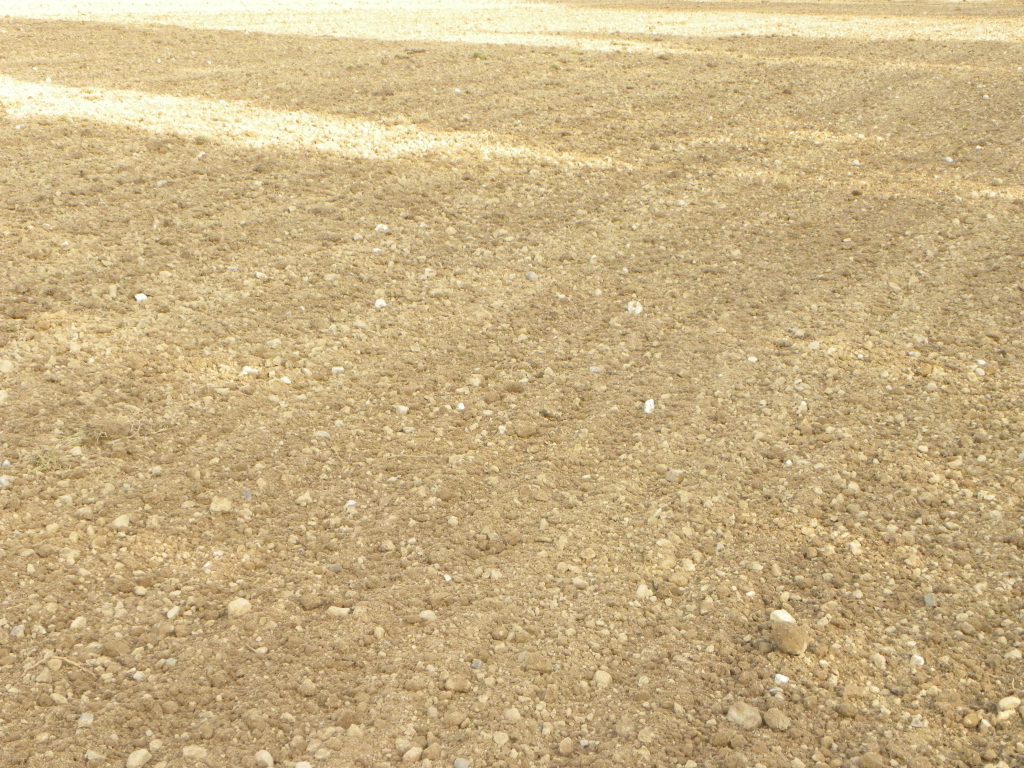Reseeding is expensive, costing around €250-350/ac, but when done correctly it can pay for itself in two years – which is a very quick return on investment.
Germinal’s Dr. Mary McEvoy highlights some of the most common pitfalls to avoid when reseeding.
Avoiding these will give a much better chance of successful establishment of a high-performing sward for years to come.
Poor kill of old sward
Desiccation or killing off of the old sward is an essential first step when reseeding and the only opportunity you will have to control grass weeds in the sward.
It also presents an ideal opportunity to destroy difficult weeds such as docks, thistles and other grass weeds.
Using the top rate of glyphosate, as per the product label, and a high water volume is essential to achieve successful dessication of the old sward.
About seven-to-10 days after spraying the sward should be grazed/cut tightly to minimise the surface trash.
Allow the product adequate time to work. For min-till operations, the recommendation would be 16-to-20 days from spraying to cultivation.
This will ensure the herbicide has adequate time to translocate to the roots and kill the plant in its entirety.
Poor seedbed preparation
Cloddy seedbed
A cloddy seedbed occurs as a result of cultivating too soon after spraying the old sward.
Therefore, allowing adequate time for the herbicide to kill the roots is essential to ensure the roots are destroyed – and will avoid clods in the seedbed.
For min-till, as explained above, this can take 16-20 days.
Soft Seedbed
A soft, loose or ‘fluffy’ seedbed can occur if the soil is overworked and is often seen when too many passes of the disc harrow or power harrow occur.
Avoiding this is essential, as the seed will get buried too deep and poor establishment will occur.
An old rule is you should be able to cycle a bike across the seed bed before the seed is sown, so roll prior to sowing if necessary to firm it up.
Using an experienced contractor will also help avoid the risk of this occurring.
Inadequate rolling – plant pulling and moisture loss
Rolling is essential to create good soil-to-seed contact and it also helps maintain moisture within the seedbed.
Often plants emerge quickest where the tractor wheel marks are; this is a sure sign the field was inadequately rolled and a common issue seen with new reseeds.
Soil fertility issues
No Lime applied
Lime at sowing is essential. As the old sward decays, it releases acids which lower the pH and create a difficult environment for the new seed trying to germinate.
Using either ground lime or bagged lime will help counteract this acidity and is essential even if your soil pH is already good.
Poor soil fertility status
As the new seed germinates it requires Phosphorous (P) and Potassium (K), which are essential for root and tiller development as the new plants emerge.
Insufficient P and K will result in poor establishment and a weak sward. Apply P and K as per soil test results.
Grass seed
It makes poor economic sense to go to the effort and cost of reseeding and then use poor grass seed mixtures.
The seed you sow today is expected to perform for 10 years and maybe longer, so it is worth sowing the best grass varieties currently available.
Only sow mixtures which contain varieties that are on the Department of Agriculture Recommended List and the Teagasc Pasture Profit Index (PPI) list.
Using the best-performing varieties off the PPI will ensure a greater return from your swards year-after-year.
Heading date is important as it refers to the date when a grass plant turns reproductive and the seed head emerges from the plant.
A range of less than seven days is advised for your silage swards and 10 days for your grazing sward. The longer the range in heading date, the more difficult it is to manage the sward and maintain sward quality during the mid-season period.
Click here for more information on Germinal
Why is heading date important?




